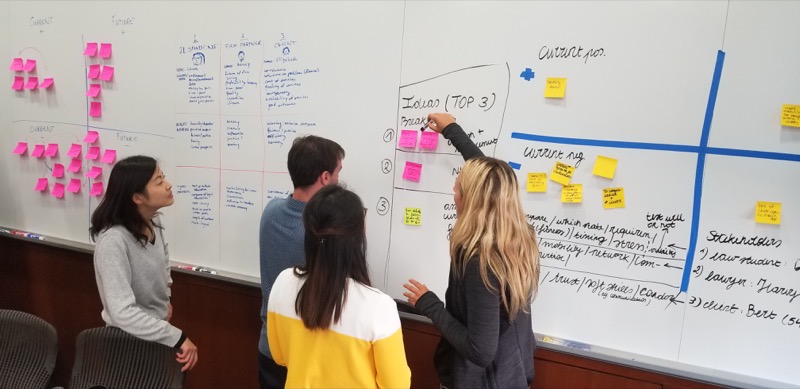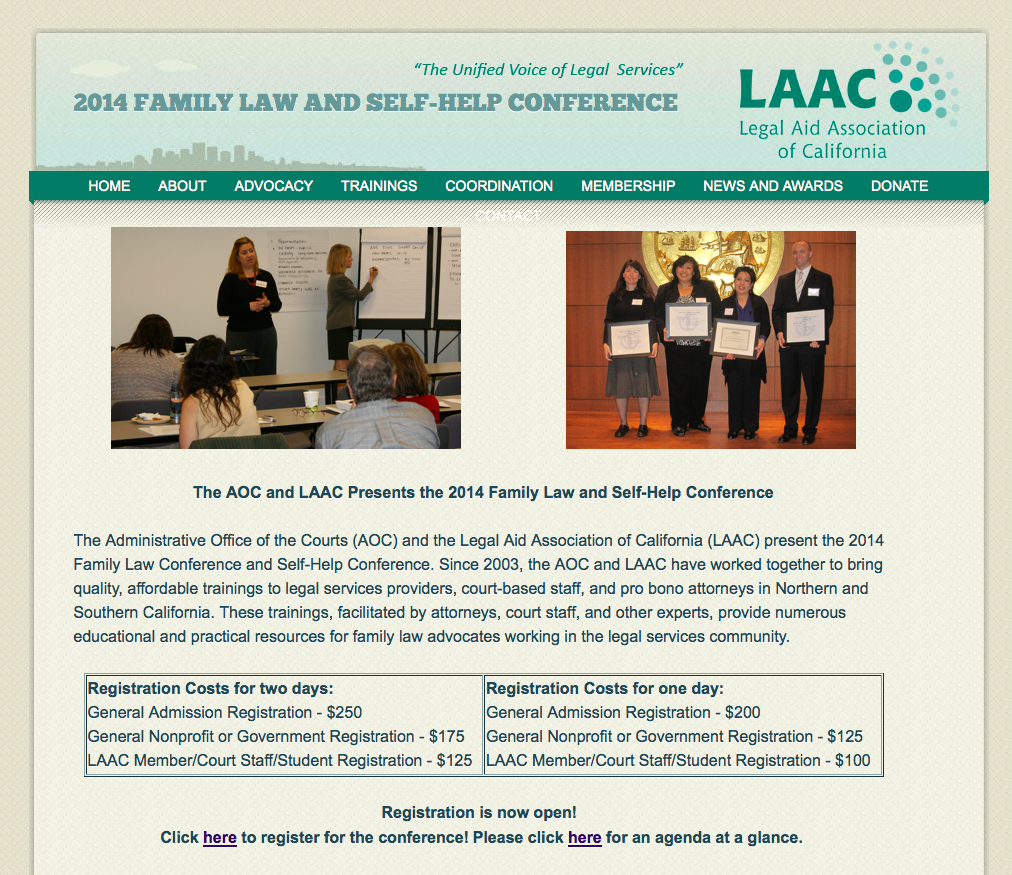Earlier in the month, the Legal Design Lab team taught a short workshop with the Stanford Law School Policy Lab to help train students in how the design process might be useful to them in researching, making, and piloting new policies. For our workshop, we tasked the students to imagine they were hired to be a design group to evaluate the current lawyer licensing process — in particular the Bar Exam — and imagine how US states might evaluate and license young professionals differently.




They used the design process to pinpoint particular needs and stakeholder dynamics. Then they focused in on particular targets, of breakdowns or opportunities. They also did analogy-scouting, from other countries, other professional licensing arrangements, and other tech and service models. The teams brainstormed wide — new products, services, policies, and system changes to address the current problems of licensing lawyers. Then they ranked and tested their concept designs with each other in a round-robin. It all took place in 2 hours — and generated a terrific number of proposals to consider in how else we might be preparing and quality-checking future lawyers. A 2 hour workshop is not going to solve the problem, but it vetted the challenge as one that would be terrifically rich as a design class or ongoing project, with a wider number of stakeholders present.
This workshop is an ongoing project for our Lab, to adapt more traditional design processes — meant for single user-to-provider product or service design — to more public-oriented, policy-level making sessions. The goal is to have better discussions about what new systems, rules, or structures might exist — that are not ‘popcorn’ style, around-the-boardroom discussion, with people making their points and very little forward action. The point of the workshop was to identify which parts of the very active, generative design process might be brought into policy review and design.


